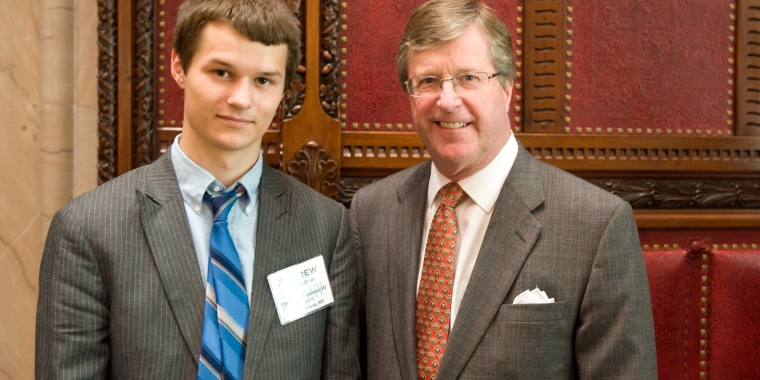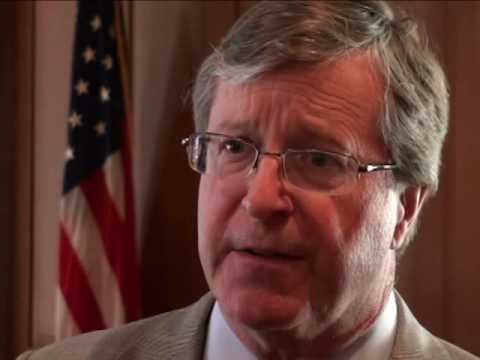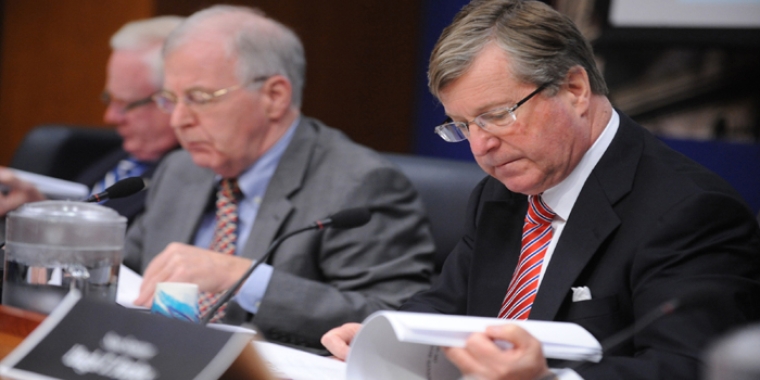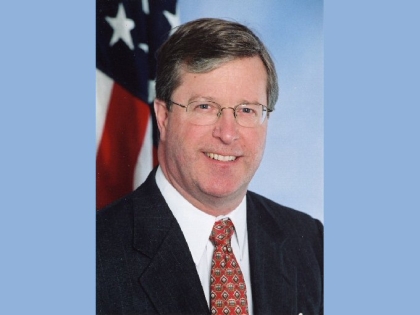
Legislation Introduced to Encourage Volunteer Recruitment
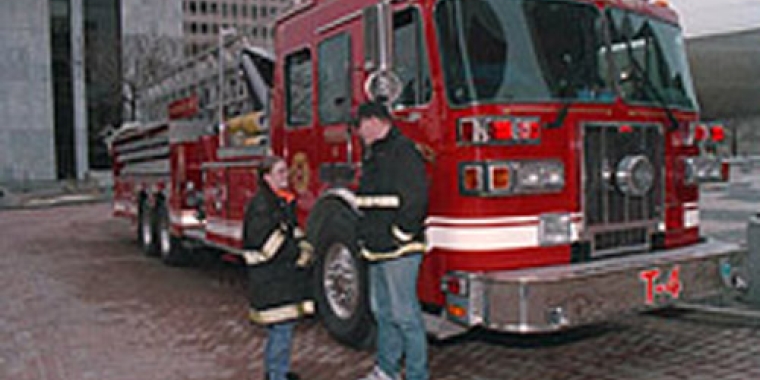
Albany, N.Y., May 26--State Senator George Winner (R-C-I, Elmira) and Assemblyman Tom O’Mara (R-Horseheads) have introduced legislation to help localities fend off potentially enormous future local property tax increases by offering incentives to recruit and retain volunteer firefighters and other emergency services personnel.
The legislation, known as the “Emergency Services Volunteer Incentive Act,” is being considered this session as part of ongoing state-level efforts, especially since last year’s report from the state Commission on Property Tax Relief, to address the issue of high property taxes.
In a joint statement, Winner and O’Mara said, "High property taxes are the talk of the day throughout New York government. Volunteer recruitment and retention demands a place in the discussion. This issue warns of the next explosive property tax crisis facing localities across New York. We need to keep sounding the alarm. It would cost billions of dollars for local property taxpayers to pay for the critical services currently provided by volunteer firefighters and EMTs.”
The Firemen’s Association of the State of New York (FASNY) estimates that it would cost local taxpayers more than $5 billion annually to replace volunteers with paid fire and ambulance services. According to FASNY, the number of volunteer firefighters statewide has declined from 140,000 in the early 1990s to fewer than 90,000 today. Volunteer emergency medical technicians (EMTs) experienced a decline from more than 50,000 to 35,000 during the same period, with some rural counties experiencing as much as a 50-percent depletion of their EMT ranks.
The Winner-O’Mara “Emergency Services Volunteer Incentive Act” (S.3983/A.7678) would:
provide a $400 state income tax credit for volunteer firefighters and ambulance workers who have been active for four or more consecutive years;
exempt motor vehicles owned and used in the performance of duty by an emergency services volunteer from motor vehicle registration fees and vehicle use taxes;
authorize local volunteer fire and ambulance companies to use state-administered funds, collected annually through a two-percent fire insurance premium tax on out-of-state insurers, to help offset the cost of health insurance for their members;
increase the number of qualified candidates, from one to three, that volunteer companies can submit for participation in New York’s “Volunteer Recruitment Service Scholarships” program, a college tuition assistance program for volunteers created by state lawmakers in 2002; and
direct the state Higher Education Services Corporation (HESC) to create a volunteer recruitment service college loan forgiveness program.
-30-
